J.C. de Leeuw pumping station, Van Ewijcksluis
You can't tell from its modest appearance, but the J.C. de Leeuw pumping station on the Van Ewijcksvaart is a provincial monument of great hydraulic historical significance. It was the very first permanent steam pumping station of the Noorderkwartier, used for the embankment and drainage of the Anna Paulowna polder.
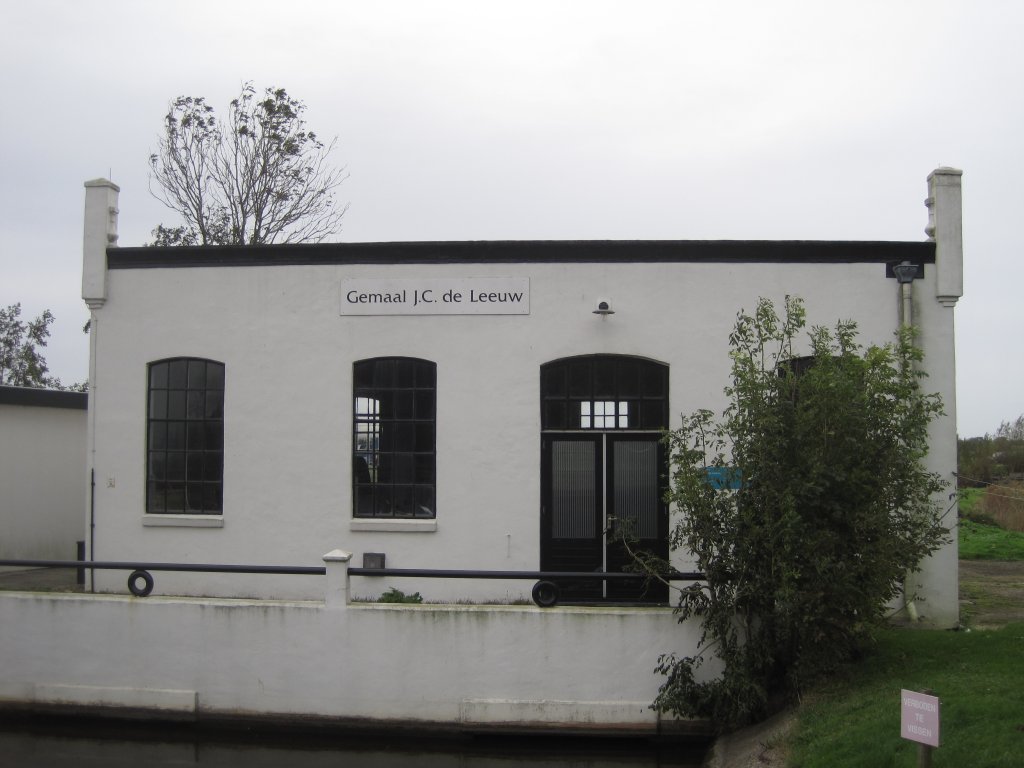
In the 1940s, there was a great need for agricultural land because there was great demand for Dutch agricultural and livestock products. This made it interesting for investors to put money into land reclamation and, as a result, several polders in the Kop van Noord-Holland were created by private initiative. The largest reclamation was the Anna Paulownapolder, for which King William II had granted permission in 1844 and to which Queen Anna Paulowna gave her name. The polder was drained using windmills and a steam pumping station, an experimental technique at the time, in the years 1845-1846.
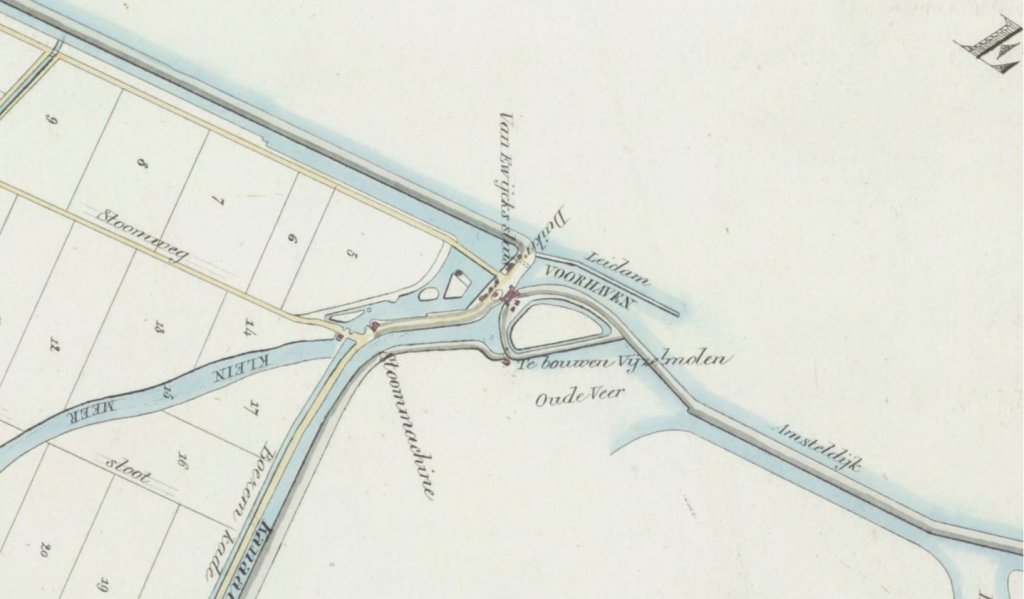
The steam engine was supplied by the Utrecht steam engine manufacturers G. de Waal and E. van Driest and was housed in a wooden shed at the newly constructed Van Ewijck Lock. The machine had a power of 23 hp, drove an auger and could grind away 100 cubic meters of water per minute. In 1847, the people of Utrecht supplied a second steam boiler and the wooden shed was replaced by a stone pumping station built by the Haarlem contractor Willem van Doorn (1790-1874), who also built farms and bridges in the new polder.
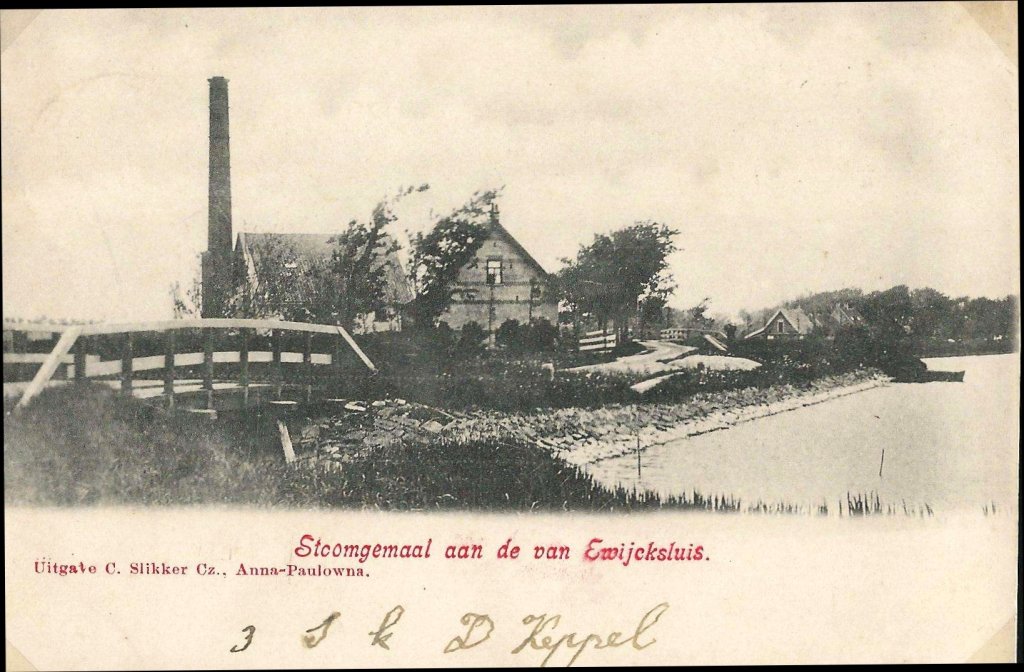
Nevertheless, the drainage of the Anna Paulowna polder continued to present difficulties for many years. A total of six screw windmills were installed and remained in use until 1913. In 1873 it was decided to replace the steam engine in the pumping station because it was completely obsolete and consumed a lot of coal. Two new boilers were installed, this time made by the Amsterdam steam engine factory De Atlas. From then on, the pumping station could discharge 82 cubic meters of water per minute. It was also decided to build a steam pumping station near the village of Kleine Sluis. From 1873 on, therefore, people spoke of pumping station I and pumping station II.
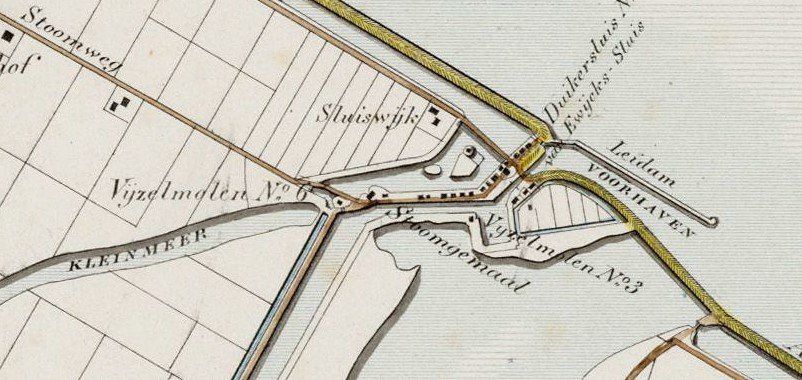
Around 1900 the board considered replacing the steam engines, but finally switched to the new technology of the suction gas engine in 1912-1913. In the completely renovated pumping station I in 1912-1913 came two suction gas engines, supplied by the English engineering works Crossley Motors in Manchester. The two jacks were replaced by two centrifugal pumps, supplied by the well-known Hengelo machine factory Stork. Pumping station II was also equipped with a suction gas engine and the drainage was now working so well that all but one of the windmills could be sold.
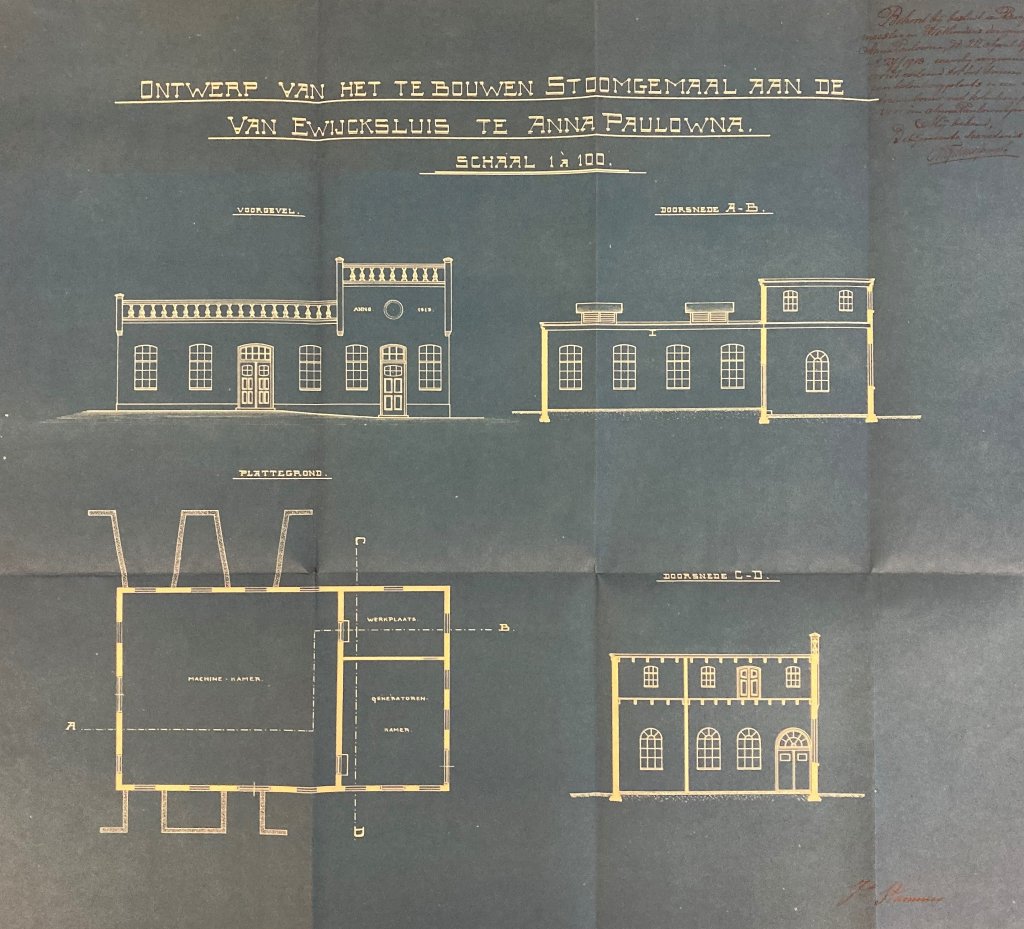
On the night of January 13-14, 1916, the Dutch coast was hit by a severe northwesterly storm. In several places in North Holland, including the Anna Paulowna polder, the sea dikes broke. A large part of the polder flooded and remained under water for months. Pumping stations I and II could not cope on their own: numerous mobile emergency pumping stations were deployed and the last screw windmill also operated. In three months the Anna Paulowna polder was drained. It was a swan song for the mill: it was dismantled in 1919.
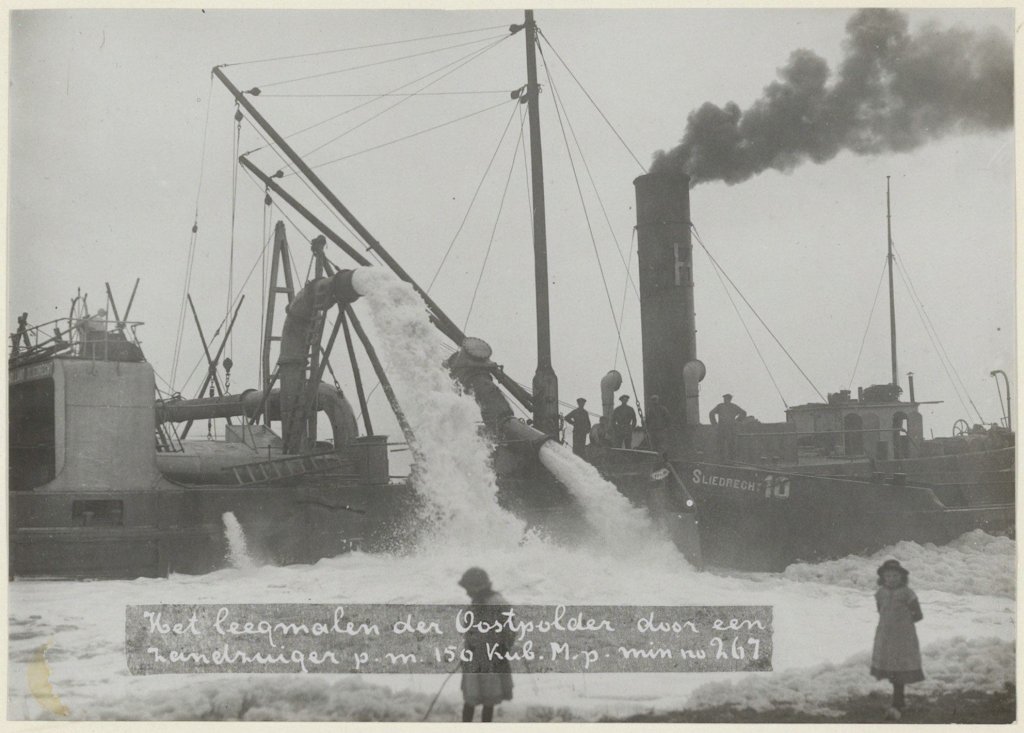
In 1933, the suction gas engines needed a thorough and expensive overhaul. Because they were also expensive to run, it was decided to replace them with two electric motors of 100 hp each, which henceforth drove the centrifugal pumps. The motors were supplied by the electrical company Smit in Slikkerveer. The pumping station was rebuilt and reduced in size because the part where the gas generator stood was no longer needed. Only the engine room remained and several windows were bricked up.
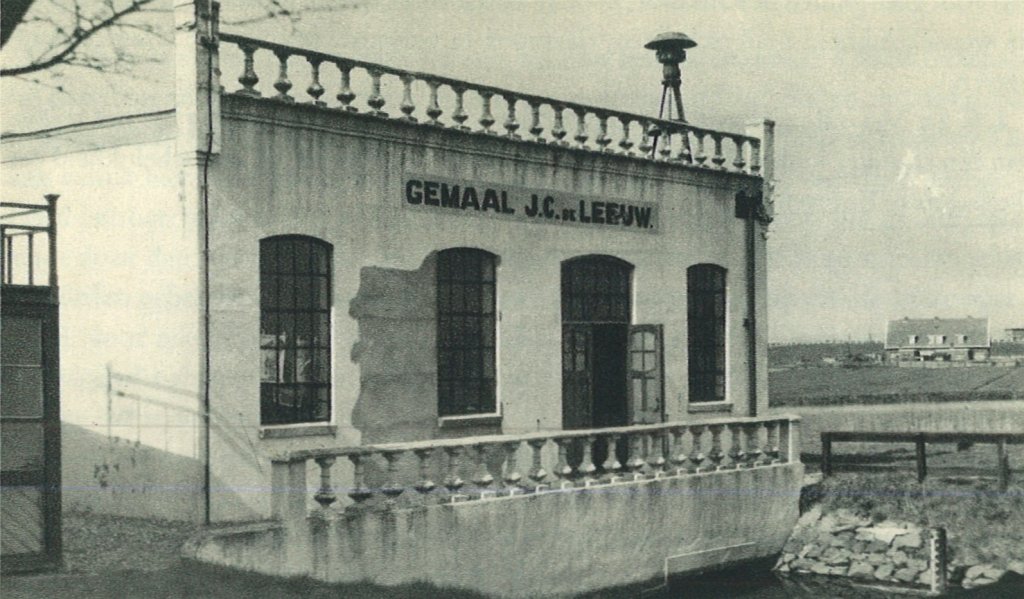
On September 22, 1942, the board of the Anna Paulowna polder decided to rename the pumping stations after deserving individuals from the history of the polder. Pumping Station I was named after Johan Carel de Leeuw (1816-1880), the designer and first dike grave of the polder. He was in charge of the embankment from 1845 and had himself named the polder roads. The road that still ends at pumping station J.C. de Leeuw he called Stoomweg, after the steam engine. He was a great advocate of steam-powered drainage and the reclamation of the Wieringermeer.
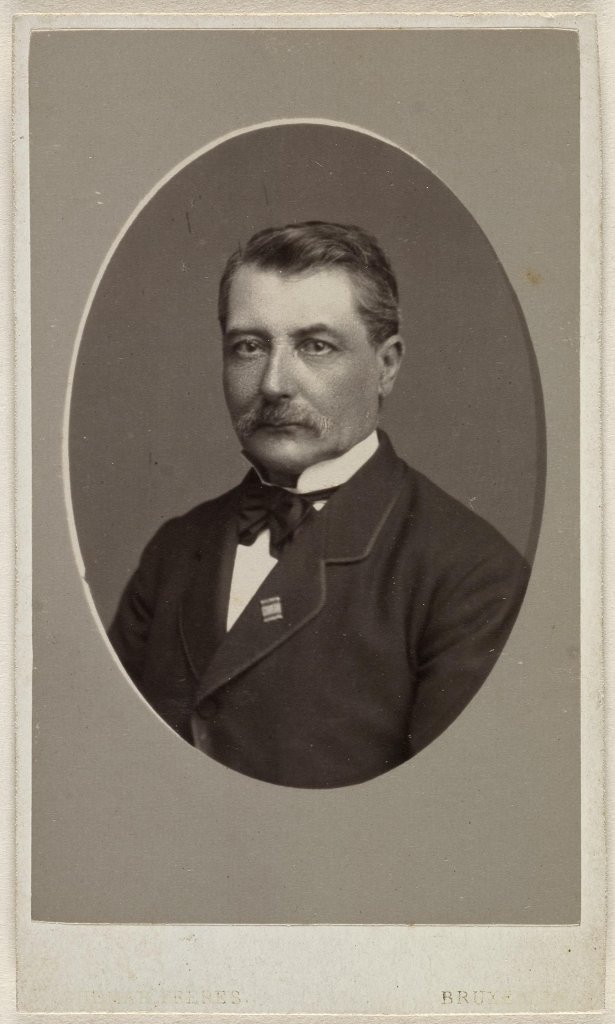
For many years the pumping stations were adequate, but between 1988 and 1994 the polder's water management was significantly improved by the installation of two new pumping stations. On the Oude Balgdijk, the new Balgdijk pumping station was built in 1989. Pumping station J.C. de Leeuw had been placed on the provincial monument list in 1984 and after 1989 was only used as an emergency pumping station, such as during extreme rainfall or major maintenance on Balgdijk. A new electric motor was recently installed to drive an old centrifugal pump. This pump can put out 55 cubic meters of water per minute.
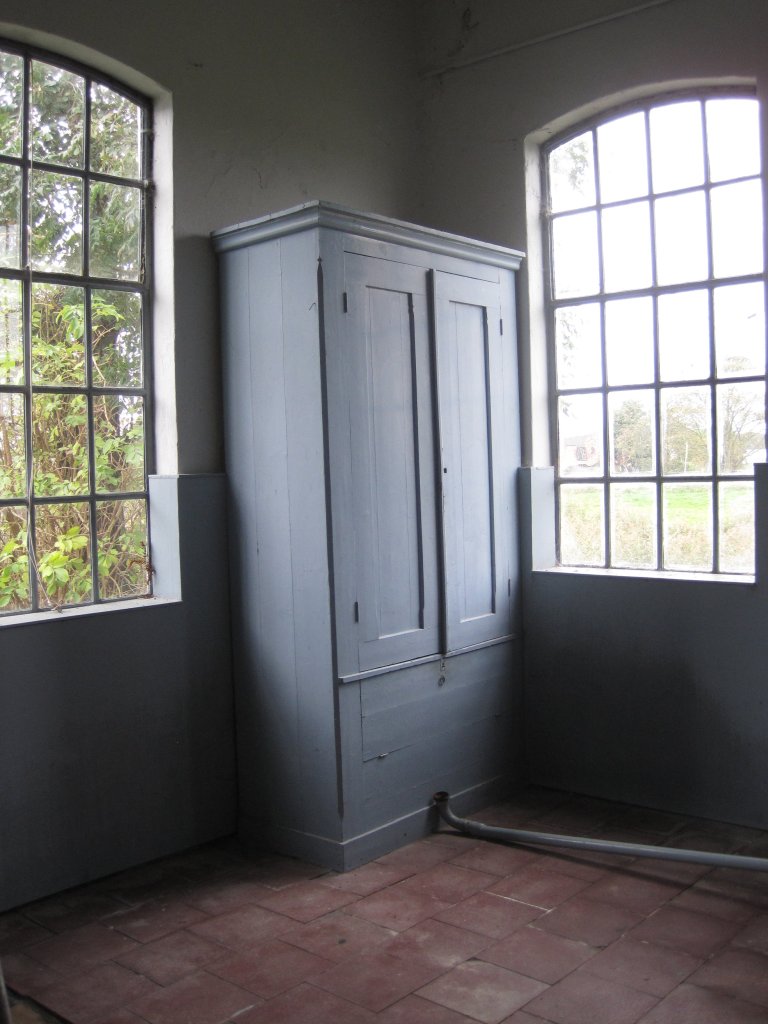
Additional
- Among other things, pumping station J.C. de Leeuw is located on the bicycle route Den Helder - Julianadorp - Anna Paulowna - Van Ewijcksluis - Den Helder (Fietsknoop).
- Those who hike the Oude Veerroute will also pass the pumping station (North Holland Walking Network).